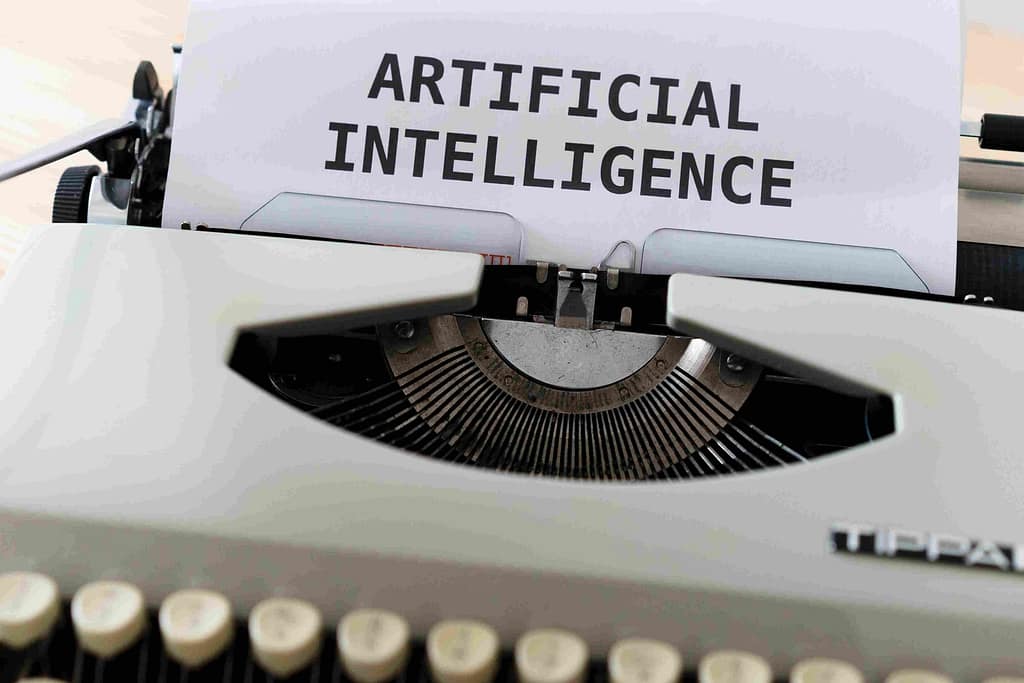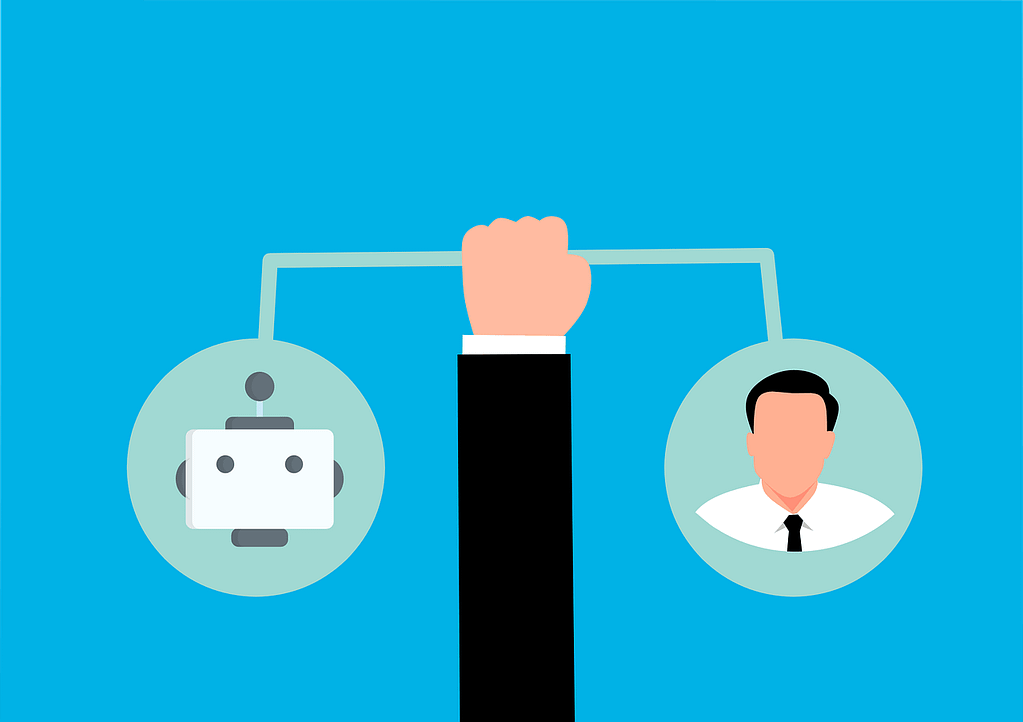Rapid technological advancements, such as the emergence of the digital age and mobility, prove that science and technology have advanced through each stage of the revolution.
Emerging technologies are those technological advancements that reflect progressive growth but are still debatable and relatively underdeveloped in terms of potential and have been in great demand throughout the history of technology. diverse technologies, such as in vitro or cultured meat, robots, 3D printing, blockchain, stem cell treatment, and cancer vaccinations. However, artificial intelligence, sometimes known as machine intelligence, is a much more significant technological advancement. We were unaware that something so fantastic could be created.
Humanity’s place in the future has inexorably shifted in favour of artificial intelligence. The most intelligent race on earth has persistently and nearly unanimously been making choices that would undoubtedly lead to not just his demise but also the potential extinction of his home planet: the only one where life has been verified to exist. A solution to preserve all of mankind and, hopefully, restore the planet’s status rests on the shoulders of a select few.
But in order to limit the numerous people who make poor judgements and perhaps reverse, redo, or altogether avoid the damaging activities of man, this can only be done with the aid of extremely clever and logical creatures.
Let’s get to the genesis of the whole situation in the story ahead.
What exactly AI means?
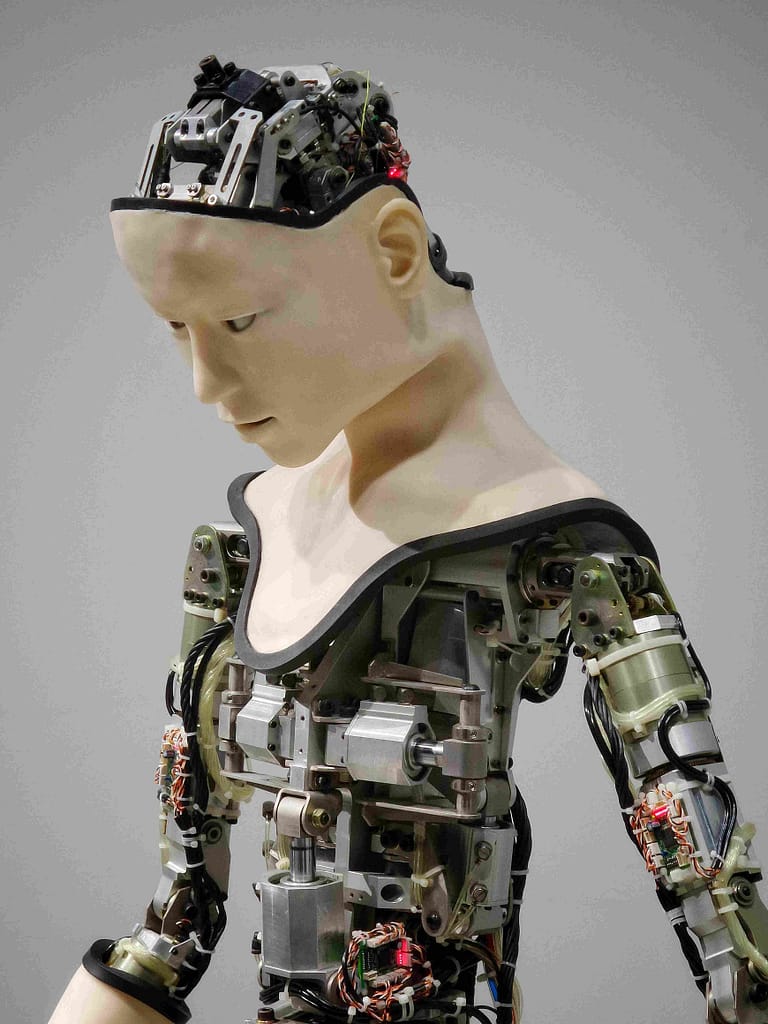
There are several definitions of artificial intelligence (AI), but John McCarthy gives the following: “It is the science and engineering of making intelligent machines, especially intelligent computer programmes.” Although it is connected to the related job of utilising computers to comprehend human intellect, AI should not be limited to techniques that can be seen by biological means.
The replication of human intellectual functions by machines, particularly computer systems, is known as artificial intelligence. Expert systems, natural language processing, speech recognition, and machine vision are some examples of specific AI applications.
In general, artificially intelligent systems are capable of carrying out activities that are frequently linked to human cognitive abilities, such as understanding speech, engaging in games, and seeing patterns. They often acquire this skill by sifting through vast volumes of data and seeking for patterns to mimic in their own judgement. Humans will frequently oversee an AI’s learning process, rewarding wise choices and criticising poor ones. However, some AI systems are built to learn on their own, for instance by repeatedly playing a video game until they figure out the rules and how to win.
What are the 4 types of AI?
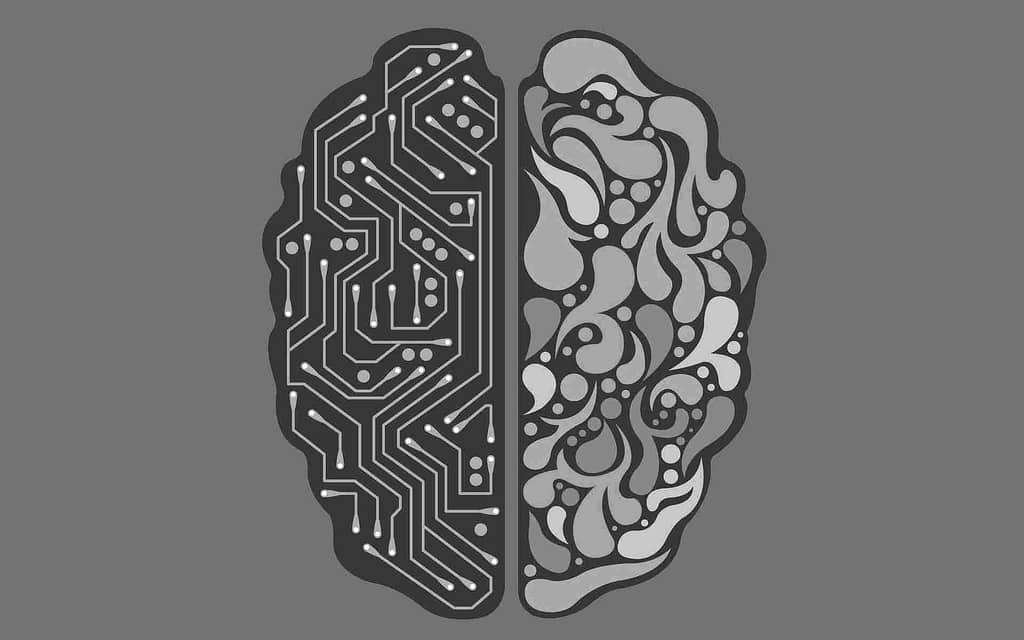
We can divide artificial intelligence into four different categories by the year 2020. The categories are somewhat analogous to Maslov’s hierarchy of requirements, where the most basic level merely requires basic functioning and the most advanced level is the all-knowing, all-seeing, self-aware consciousness of Muhammad, Buddha, and Christian saints.
Here are the four primary categories of AI. The first two varieties fall under the umbrella of “narrow AI,” or AI that has been trained to carry out a small range of activities. The second and third varieties, which are commonly referred to as “strong AI,” are still in development.
Reactive Machines
AI systems known as reactive machines are task-specific, lack memory, and always produce the same result from an input. Because they leverage client data—such as a purchase or search history—to present suggestions to the same customers, machine learning models are frequently reactive devices.
For the most part, reactive AI is dependable and effective in technologies like self-driving automobiles. Unless the right information is provided to it, it lacks the capacity to forecast future events. Most notably, it defeated Garry Kasparov in 1997, a grandmaster of chess. Reactive AI is quite constrained, though.
Many of our actions in real life are not reactive because we may not have all the knowledge we need to react in the first place. But even with little information, we are masters of anticipation and are capable of making plans for the unexpected. This “imperfect information” situation has been one of the targeted turning points in AI development and is required for a variety of use cases, from self-driving cars to natural language processing.
Because of this, scientists attempted to create the next stage of AI, which included memory and learning capabilities.
Limited Memory
Limited memory AI is the next stage in the evolution of AI. This algorithm learns as it receives more data to train on because it mimics how the neurons in our brains collaborate. Deep learning enhances other forms of reinforcement learning and image recognition.
Contrary to reactive robots, limited memory AI may observe prior events and track certain things or circumstances throughout time. These findings are then included in the AI’s programming so that it may base its decisions on both historical and current data. However, due to memory constraints, this information isn’t stored in the AI’s memory as experience from which it might learn, as people would do when interpreting their achievements and failures. As more data is used to train the AI, it becomes better over time.
We saw the deep learning revolution in 2012. Based on our knowledge of the workings of the brain, an algorithm was created that could mimic how our neurons link. Deep learning has the property of improving intelligence as more data is used to train it.
One illustrative instance is Google’s AlphaStar project, which was successful at outplaying top-tier experts in the real-time strategy game StarCraft 2. The AI continuously competed against itself to acquire new tactics and hone its judgement, and the models were created to operate with incomplete data.
Theory Of Mind
Reactive machines and restricted memory are examples of the first two forms of AI that are already in use. Theory of Mind artificial intelligence kinds are still a ways off. These are still in their early stages but are already present in products like self-driving automobiles. A.I. starts to engage with human ideas and emotions in this sort of artificial intelligence.
Human interactions in our society are based on our ability to recognise how our own ideas and feelings impact those of others as well as how others’ feelings affect us. Theory of mind AI devices may eventually be able to comprehend intentions and forecast behaviour, seemingly simulating human interactions.
The kind of AI capable of producing a masterpiece portrait is nonetheless oblivious to the subject it has depicted. Without comprehending a single word of what it has written, it may produce lengthy articles. This restriction would have been bypassed by an AI that has attained the theory of mind condition.
Self Awareness
Finally, perhaps AI reaches nirvana in the distant future. It develops self-awareness. Only fictional works have artificial intelligence like this.
This extends beyond theory of mind AI and comprehending emotions, to self-awareness, state-awareness, and the ability to perceive or anticipate the emotions of others.
Because there is still so much to discover about the intelligence of the human brain, as well as how memory, learning, and decision-making function, we are a long way from self-aware AI.
The future will reveal if self-aware AI and artificial general intelligence are related. To create an artificial brain that is even close to as clever as the human brain, we still need to learn more about it.
Is AI good or bad?
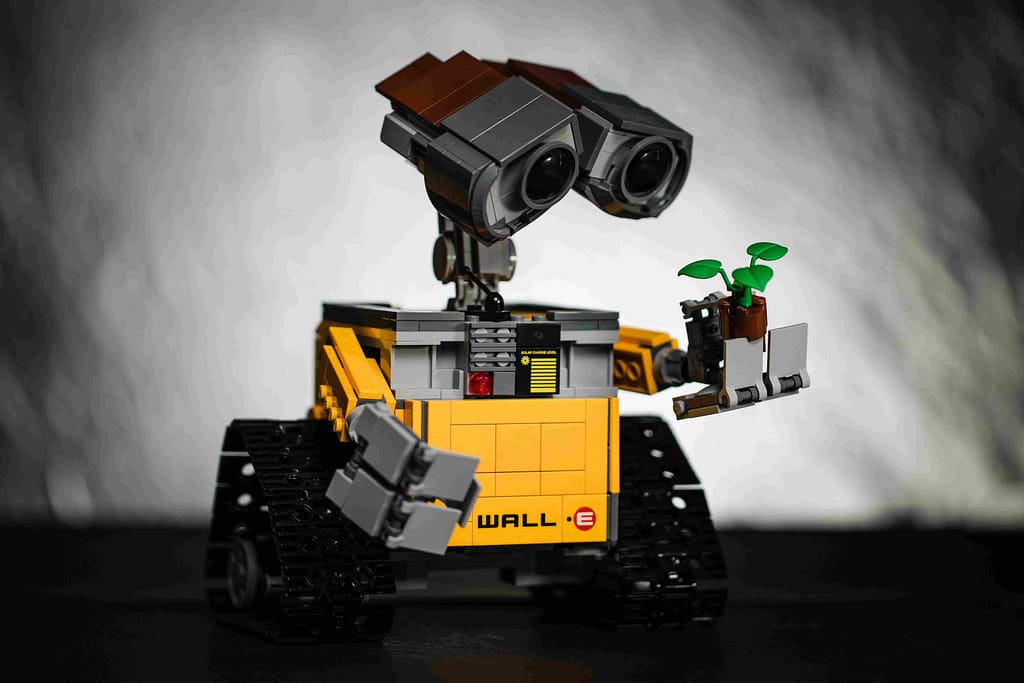
The Good
1. Reduced Human Error
The ability of artificial intelligence to drastically minimise mistakes and improve accuracy and precision is one of its main benefits. Every decision made by AI is based on data that has already been obtained and a certain set of algorithms.
2. Zero Chances
Machines with metal bodies are tough by nature and can endure hostile environments, making them ideal for defusing bombs, travelling to space, and exploring the deepest reaches of seas. Additionally, they can deliver correct work with more responsibility and durability.
3. Available constantly
AI can operate continuously without resting. They can multitask with accuracy and think far more quickly than humans can. With the right tools, they can even undertake difficult, repetitive tasks.
4. Digital Support
Digital assistants are used by some of the most technologically advanced businesses to interact with customers, negating the need for human staff. Digital assistants are widely used by websites to deliver material that users have requested. Some chatbots are designed in such a manner that it is hard to distinguish between speaking with a human and a chatbot.
5. Dispassionate judgements
AI lacks emotions and is extremely practical and logical in its approach. Artificial intelligence has the enormous benefit of being impartial, allowing for more precise decision-making.
6. Risky Situations
Whether travelling to Mars, disarming a bomb, diving to the bottom of the deepest oceans, or any other form of natural or man-made disaster, AI may be used efficiently.
7. Making choices more quickly
AI may assist organisations in making quicker and more informed decisions by automating some processes and offering real-time information. This can be especially helpful in high-stakes situations where judgements need to be made fast and precisely to avoid expensive mistakes or save lives.
8. Recognition of Patterns
AI may assist companies and organisations in understanding consumer behaviour, market trends, and other crucial elements by analysing enormous volumes of data and identifying patterns and trends. Making better judgements and achieving better business results may be done with this knowledge.
9. Applications in Medicine
With applications in everything from drug development and clinical trials to diagnosis and therapy, AI has significantly advanced the field of medicine. Doctors and researchers may analyse patient data, spot possible health hazards, and create individualised treatment plans with the use of AI-powered technologies. Patients may have improved health outcomes as a result, and new medical technology and therapies may develop more quickly.
The Bad
1. High prices
It is an impressive achievement when a machine can mimic human intelligence. It may be quite expensive and takes a lot of time and resources. AI is highly expensive since it requires the newest technology and software to function to stay current and satisfy criteria.
2. No Originality
With pre-fed data and prior experiences, AI is able to learn over time, but it is not capable of taking a novel method.
3. Joblessness
Robots are one use of artificial intelligence that, in certain situations, are replacing jobs and raising unemployment. As a result, some assert that there is always a possibility of job loss as a result of chatbots and robots taking the place of people.
4. Make People Lazy
The majority of laborious and repetitive operations are automated by AI technologies. We tend to engage our brains less and less since we do not need to memorise information or solve puzzles to complete tasks. Future generations may experience issues as a result of this AI addiction.
5. No Morals
Morality and ethics are significant human traits that might be challenging to include in an AI. Numerous people are worried that as AI develops quickly, humans may one day become completely exterminated by it. The AI singularity is at this point in time.
6. Indifferent
Humans work as a team, and leading a team is crucial to accomplishing objectives. There is no doubt that when working successfully, robots are better for people, but it is also true that human relationships, the cornerstone of teams, cannot be substituted by computers.
